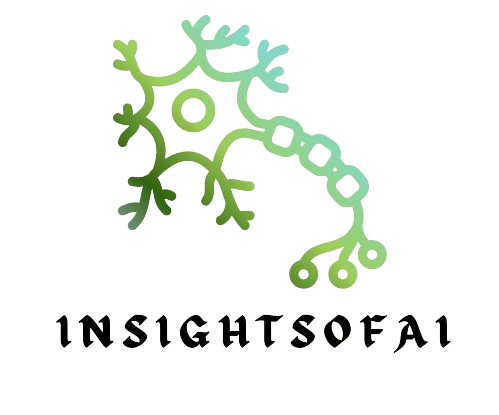1) Introduction to TinyML
1.1) What is TinyML?
TinyML, short for Tiny Machine Learning, is a rapidly growing field in the tech industry. It’s all about running machine learning models on tiny, low-power devices, such as microcontrollers. These devices are often embedded in everyday objects, from your smartwatch to your refrigerator, making them part of the Internet of Things (IoT).
1.2) The Importance of TinyML
The significance of TinyML lies in its potential to bring the power of machine learning to the edge. This means that instead of sending data to the cloud for processing, the data can be analysed right where it’s generated. This has huge implications for privacy, efficiency, and latency.
2) Understanding Small Data
2.1) What is Small Data?
Small data is data that is ‘small’ enough for human comprehension. It is a dataset that is specific, focused, and able to be analysed and visualised easily. Unlike big data, small data is often used to gain insights into very specific questions or problems.
2.2) The Role of Small Data in Today’s World
In a world obsessed with big data, you might wonder, why bother with small data? The answer is simple: specificity. Small data provides detailed insights into specific areas, making it invaluable for targeted decision-making and problem-solving.
3) The Intersection of TinyML and Small Data
3.1) How TinyML Utilises Small Data
TinyML and small data go hand in hand. TinyML, with its limited processing power, thrives on small data. Small data, being specific and focused, is perfect for the targeted applications of TinyML. Together, they enable powerful, efficient, and specific machine learning applications at the edge.
3.2) Real-world Applications of TinyML and Small Data
From predictive maintenance in industrial machinery to personalised recommendations on your smartwatch, the applications of TinyML and small data are vast and varied. They’re revolutionising industries, from healthcare to manufacturing, and changing the way we interact with technology.
4) The Future of TinyML and Small Data
4.1) Predicted Trends
As technology continues to evolve, we can expect to see TinyML and small data playing an increasingly significant role. With advancements in edge computing and the growing demand for privacy and efficiency, the future looks bright for TinyML and small data.
4.2) Potential Challenges
However, like any emerging technology, TinyML and small data face their share of challenges. These include technical hurdles, such as the need for more efficient algorithms, and societal issues, like privacy concerns.
5) Conclusion
TinyML and small data are more than just buzzwords. They represent a shift in how we think about and utilise machine learning and data. By bringing machine learning to the edge and focusing on specific, targeted insights, they’re paving the way for a more efficient, private, and personalised future.
6) FAQs
What is TinyML?
TinyML stands for Tiny Machine Learning. It’s about running machine learning models on tiny, low-power devices like microcontrollers.
What is small data?
Small data is data that is ‘small’ enough for human comprehension. It’s specific, focused, and can be easily analysed and visualised.
How do TinyML and small data work together?
TinyML and small data complement each other. TinyML thrives on small data due to its limited processing power, while small data benefits from the targeted applications of TinyML.
What are some applications of TinyML and small data?
They’re used in various fields, from predictive maintenance in industrial machinery to personalised recommendations on smart devices.
What does the future hold for TinyML and small data?
As technology evolves, TinyML and small data are expected to play an increasingly significant role, especially with advancements in edge computing and the growing demand for privacy and efficiency.

